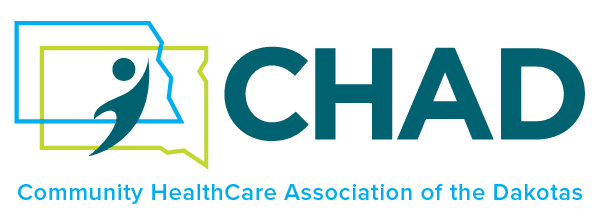Emergency Preparedness
Resources:
- NACHC has developed a targeted web age with Emergency Management technical assistance resources specific to community health centers. This includes a link to the HRSA/BPHC Emergency Management/Disaster Relief resources page. The direct links to both are found here.
http://www.nachc.org/health-center-issues/emergency-management/
https://bphc.hrsa.gov/emergency-response/hurricane-updates.html
- The Health Center Resource Clearinghouse was established by NACHC and addresses the demands placed on a busy public health workforce by providing resources and tools to acquire and use targeted information on a daily basis.The clearinghouse provides and intuitive organizational structure to make finding information easier. There is a guided approach to searching to ensure the user is retrieving the most relevant resources. NACHC has partnered with 20 National Cooperative Agreement (NCA) Partners to create comprehensive access to technical assistance and resources. The emergency preparedness section provides resources and tools to assist in emergency planning, business continuity planning, and ready to use information for food, housing, and income assistance in the event of a disaster.
https://www.healthcenterinfo.org/results/?Combined=emergency%20preparedness
CMS Emergency Preparedness Requirements for Medicare and Medicaid Participating Providers and Suppliers:
- This regulation went into effect on November 16, 2016 Health care providers and suppliers affected by this rule are required to comply and implement all regulations, effective November 15, 2017.
https://www.cms.gov/Medicare/Provider-Enrollment-and-Certification/SurveyCertEmergPrep/Emergency-Prep-Rule.html - HHS Office of the Assistant Secretary for Preparedness and Response (ASPR) developed a website, the Technical Resources, Assistance Center, and Information Exchange (TRACIE), to meet the information and technical assistance needs of regional ASPR staff, healthcare coalitions, healthcare entities, healthcare providers, emergency managers, public health practitioners, and others working in disaster medicine, healthcare system preparedness and public health emergency preparedness.
-
- The Technical Resources section provides a collection of medical disaster, healthcare, and public health preparedness materials, searchable by keywords and functional areas.
- The Assistance Center provides access to Technical Assistance Specialists for one-on-one support.
- The Information Exchange is a user-restricted, peer-to-peer discussion board that allows open discussion in near-real time.
https://asprtracie.hhs.gov/
-
- The North Dakota Hospital Preparedness Program (HPP) coordinates and supports emergency preparedness activities across the healthcare continuum, engaging hospitals, long term care facilities, emergency medical services, and clinics in planning and implements systems to increase capacity to provide care to those affected by emergencies and infectious disease outbreaks.This program manages the HAN Assets Catalog, where health centers in ND can order Apparel, Linen, PPE, Pharmaceuticals, Patient Care equipment and supplies, cleaning equipment and supplies, Durable Equipment and other major assets to be used to support the health and medical needs of citizens in times of emergency.
https://www.health.nd.gov/epr/hospital-preparedness/
- The primary focus of the South Dakota Hospital Preparedness Program (HPP) is to provide leadership and funding to enhance the infrastructure of hospitals and collaborating entities to plan for, respond to, and recover from mass casualty events.The program promotes medical surge capacity through a tiered response that facilitates the movement of resources, people and services and enhances overall capabilities. All emergency preparedness and response efforts are consistent with the National Response Plan and the National Incident Management System
https://doh.sd.gov/providers/preparedness/hospital-preparedness/
- Emergency Operations Plan Template for Health Centers
This document was created by the California Primary Care Association and has been widely shared throughout the health center program nationally to be used as a guide to developing customized, comprehensive plans for individual health center organizations.
- HHS Emergency Planning Checklist
This checklist was developed by HHS and serves as a guide to ensure emergency plans are comprehensive and represent the locality of an organization with respect to weather, emergency resources, man-made disaster risks, and local availability of supplies and support.

